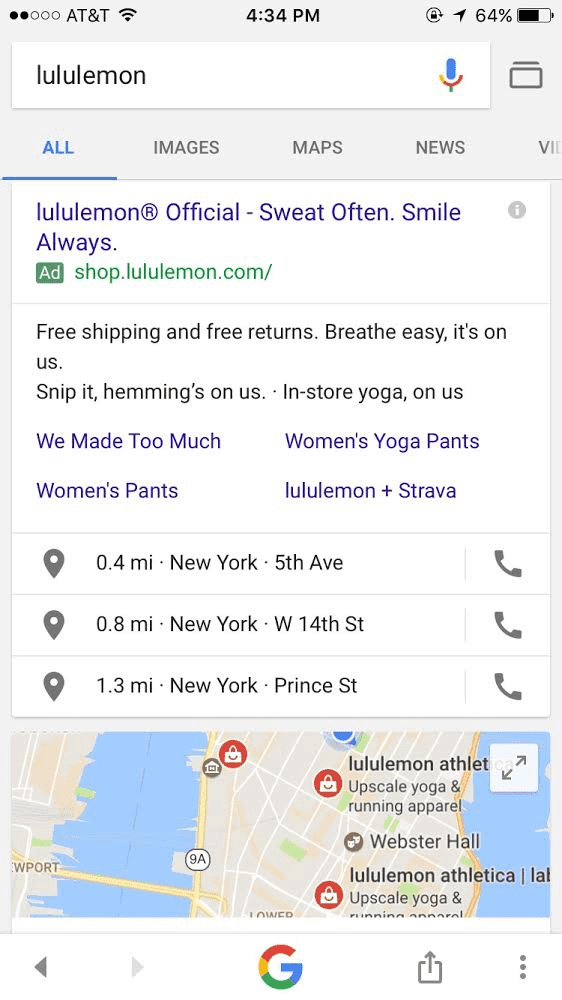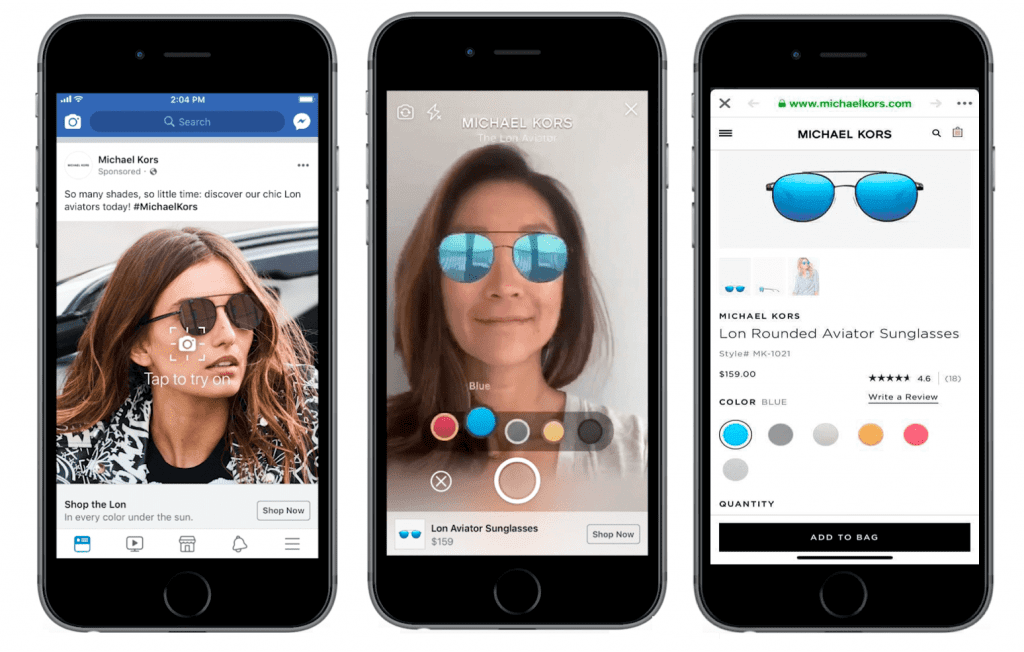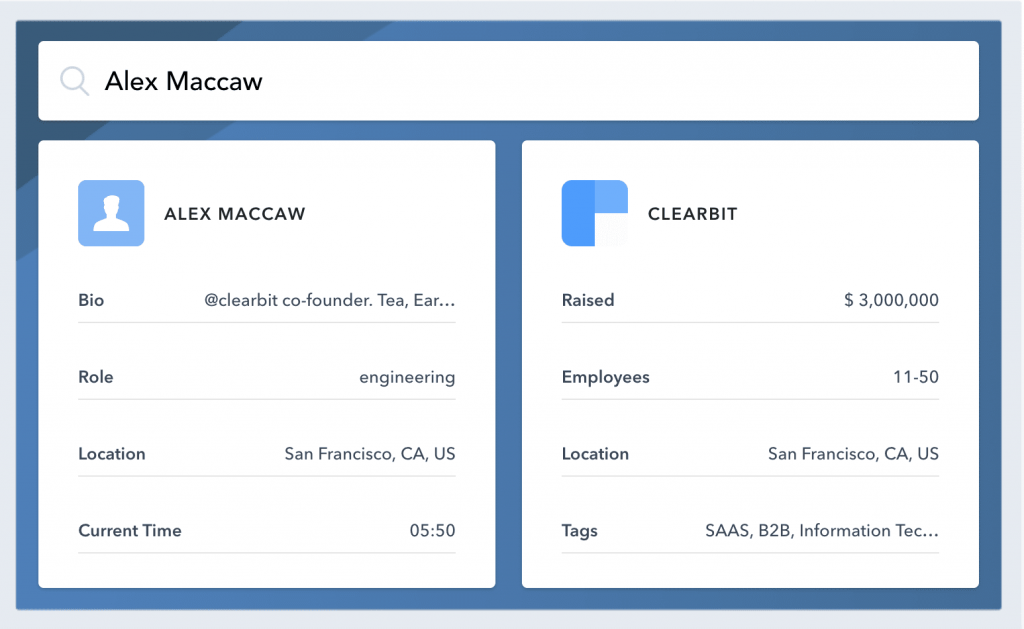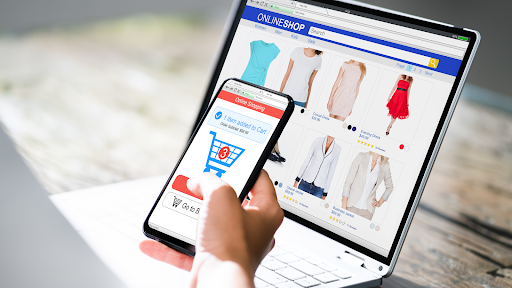As digital trends evolve every year, marketers should always be aware of the changes in order to easily adapt with emerging technologies and stay ahead in the market. This will help them gain a competitive edge and become able to develop new ways to grow their businesses, generate leads and improve the relationship with their existing customers.
Based on the digital marketing trends article that we developed last year, 2018 has been the year of rising augmented reality, video content, social messaging apps integration and influencer marketing… And now that 2019 is around the corner, you may ask yourself “what will the next year have for me?”
To help you determine where the trajectory is heading over in 2019 , we’ve listed out 10 digital marketing trends that you can take advantage of to improve your marketing strategy and meet a desired outcome.
1. Voice Search
Voice search is undoubtedly rising in popularity. By 2020, 50% of all queries will be voice-based according to Comscore.
There are mainly two types of voice search: Those that are implemented by smart speakers such as Amazon’s Alexa, Apple Homepod, Google Home and Microsoft’s Cortana which give searchers immediate voice answers to their questions and those that are installed in desktops, and smartphones such as Siri and Google Assistant which display written search results.
Top brands are thinking how to deliver their promises using voice-enabled devices because they are affordable and offer greater capabilities than ever before while more visitors are using voice search to interact with these brands.
Businesses should also focus their outreach efforts on using voice engine optimization. Marketers must use a more natural language SEO to create content accordingly. This requires them to think what their target audience may use in their voice queries as well as focus on long-tail keywords because searchers are likely to be more specific when asking a question. For instance, in one question, a shopper may request information about time, price, location and other details which sound heavy for written search queries.
As a result, marketers can leverage these opportunities to deliver more targeted, specific content which leads to increase their click-through rates.
2. Smarter Chat
Chatbots have been rising in the few recent years and still persists in 2019. According to Grand View Research, 45% of end users prefer to use Chatbots as a major means of communication in customer service.
Chatbots play a critical role in improving the customer experience and allow marketers to better engage with their audience – without really doing much. They offer real-time assistance to the user, dedicated support and a proactive interactions where they ask questions to understand the real problem.
For instance, a visitor landing on a website is contacted via chatbot and asked to request assistance or get more information about the product. If he selects the first option, he will be referred to a representative for help and if he chooses the second option, he will be asked a series of automated questions or redirected to their blog or FAQ page.
Another rising trend is Whatsapp Business Messaging, which has become one of the most used messaging apps worldwide according to Statista. Besides, it’s no longer restricted to personal usage; businesses are using the application on a daily basis for their daily activities.
Messaging traffic is expected to double by 2019. This is driven by over the top messaging Over-The-Top or OTT apps, going up from 31 trillion messages in 2014 to over 100 trillions by 2019 globally.
3. Micro-Moments
As more users are processing their online activities using their smartphones, marketers continue to leverage micro-moments to attract their audience’s attention and fulfill their instant decisions.
Whenever a customer searches for something, looks for a nearby store, wants to finalize a task or makes a purchase, marketers can take advantage of these types of micro-moments to create targeted content and advertising.

In order for marketers to succeed in using micro-moments, they should understand the basic practices of each one. Let’s take for instance the “I-want-to-go-moments”. Brick and mortar stores can take advantage of such a moment by capitalizing on “near me” searches, which have grown 2X between 2016 and 2017 according to Google. This requires storefronts to optimize their locations on their websites or apps. Furthermore, they can go even beyond that by creating ads for their store’s location or popular products to improve their visibility in search engines and reach their customers at the appropriate time.

4. Augmented and Virtual Reality Marketing
Augmented reality ads is one of the major applications that are now used by some marketers. It’s a way to bring static or unreal environments into a more realistic experience, something that would integrate the “offer” with the “reality” of the buyer.
Michael Kors is a successful example of augmented reality ads. They created an ad on Facebook asking their users to try and purchase their sunglasses.

Aside AR ads, many businesses have been using augmented and virtual reality marketing for the purpose of creating brand awareness.
For instance, IKEA and L’Oreal managed to improve their customer experience with virtual reality by allowing them to visualize their products before buying them. Nivea, Starbucks and Volkswagen are other examples of big brands who succeeded in augmented reality.
This trend which is not new, is one of the most highlighted trends for 2019. According to Statista, AR and VR market size worldwide are expected to reach $209.2 billion in only 4 years.
5. Live Videos - More Stories
Thanks to Facebook, Instagram and Youtube, live content is the fastest growing segment of internet video traffic due to the remarkable waves in the recent 3 years.
Live streaming content is effective because it’s free, takes a short time to produce while it offers a real-time user engagement, and viewers use your content based on your time not theirs.
Moreover, it has the ability to generate greater impressions than posts published in the newsfeed, especially if users choose to post them to their stories.
Live streaming content allows marketers to engage with their leads in a quickest way possible, improve their relationship with followers, reach a broader audience and boost their social channels traffic.
6. AI and Machine Learning
With global leaders like Amazon, Microsoft and Google extending their resources in AI and machine learning, this trend is not going away anytime soon.
AI allows marketers to anticipate future probable patterns of their customers based on collected data.
With this data, marketers can then determine how to better engage with their active buyers using different channels such as direct mail, sales outreach, or digital advertising.
Several industries like food and beverage, ecommerce, life science and healthcare have started using AI. For instance, many food retailers use big data to determine the best delivery times of their products. This is done by gathering data from different sources such as the weather, road traffic and temperature… Furthermore, big data can help determine the effect of all these factors on food quality.
In the ecommerce industry, 86% of customers say that personalization is an important role in their buying decisions. Ecommerce companies use big data to predict their shoppers demographics and behaviors in order to create a more personalized experiences such as sending customized discounts or re-engagement emails.
According to technology experts, AI and machine learning are expected to penetrate various new areas in 2019 affecting jobs like banking, finance, accounting and even intellectual jobs such as teaching.
7. Engagement-Based Email Marketing
As email marketing is getting smarter, marketers have started to care more about sending emails to subscribers who are active on their lists. For instance, if a contact highly engages with your emails, he should be regularly nurtured with content and updates about your company until he converts into a loyal customer. On the other hand, if a subscriber hasn’t opened an email for a certain period of time, he will be considered as a dormant contact and will no longer receive additional emails.
But to send the right email to the right segment, marketers need to identify all their leads behaviors. If the platforms they are using have limitations to classify their audience into different segments based on their behaviors, they can integrate their tools with other applications that allow them to do that. After all data is determined and different segments are created according to defined criteria, marketers will be able to target their leads more effectively with behavioral-based emails.
To reinforce a more personalized manifestation of sending engagement-based emails, an obvious direction is resurfacing again: plain text emails. This sends those engagement-based emails in a more individualized and hand-crafted way to the targeted user, which gives a more personalized aspect to the communicated piece. Moreover, because HTML style emails containing detailed graphics may increase the potential for spam, marketers are considering plain texts as alternative ways to minimize this problem. Besides, plain text emails address the need of the user and improve the engagement rate.
8. Rich Lead Profiling
Offered by companies that collect and manage complex data for millions of leads and businesses, data enrichment has become more and more important. Marketers use data enrichment to reveal more details about their leads and personalize their approach when attempting to contact them. The great advantages of data enrichment is that it removes any wrong or inaccurate information that companies might have about a specific lead such as his email, phone number or street address.
These retrieved data are then used to obtain other missing data. For instance, if you have an email of a particular lead, the data enrichment process will fill in his name, phone number, street address, his job position and household situation.

The final step is the optimization process. With the different data enrichment tools available, these data are used to create useful insights. Marketers should draw actionable conclusions in order to send each of their leads, an account-based email that specifically addresses his needs which in turn boosts the potential to convert him throughout the funnel.
9. Browser Push Notifications
Push notifications are moving into the realm of web browser technology and are one of the most popular web development trends for 2019.
Companies use browser push notifications to reach their leads more effectively and communicate with their audience in a more powerful way.
Another major role such notifications play is retaining customers and improving conversion rates. Ecommerce companies for example, use browser push to retarget their shoppers who abandoned their shopping carts and entice them to complete their purchases.
Another major role such notifications play is retaining customers and improving conversion rates. Ecommerce companies for example, use browser push to retarget their shoppers who abandoned their shopping carts and entice them to complete their purchases.
10. Content Personalization
As one size doesn’t fit all and customers want more relevancy, the need for a personalized approach in marketing is becoming more critical than ever. Although delivering the right content to the right audience at the right time is tricky, it will add a big value to your content marketing strategy because it plays a major role in boosting your users engagement rates.
Personalizing or customizing content for audience relies on visitors data in order to deliver relevant content. It consists of showing dynamic landing pages based on specific criteria such as geographic, demographic or behavioral attributes with highly targeted call to actions for the purpose of converting them more effectively.
For instance, Groupon asks visitors to confirm their locations once they land on their site in order to deliver accurate, geo-targeted offerings.
In the ecommerce industry, personalized content has a good impact on consumers; according to econsultancy, 44% of users who have a personalized shopping experience are likely to become repeated buyers.
Although this trend has been a common practice in the recent years, it’s expected to rise in importance in 2019 with an estimate to be worth more than $400B by 2021.
Key Takeaways
- Marketers are keen on taking more intelligent decisions based on past knowledge in order to deliver more personalized campaigns to their target audience. This can be done with the help of AI and big data which are two of the most highlighted trends in 2019.
- Voice search, AR, VR and smarter chats are new communication channels that were highlighted in 2018 and will continue to increase in importance in the next year.
- A more effective email marketing is based on communicating with active contacts as they are the most eligible and easiest leads to move down the funnel. This avoids wasting time on dormants as well. In addition, lead profiling is key for an effective account-based marketing.
- Browser push notifications play a major role in retargeting abandoned visitors and increase conversions.
- Personalizing content boosts the engagement rates and has a significant positive effect on the buyers’ shopping experience.
Don’t forget to share this article


